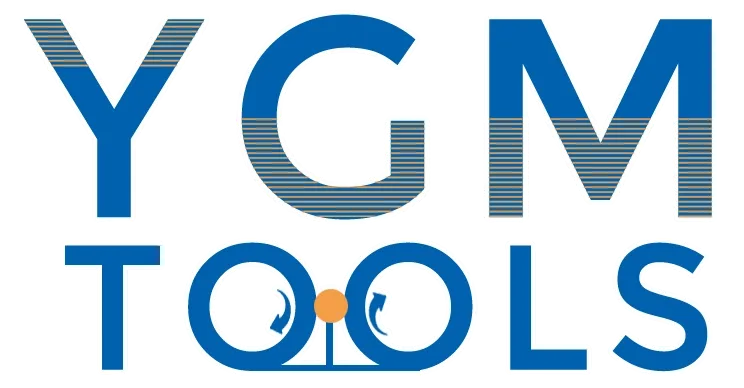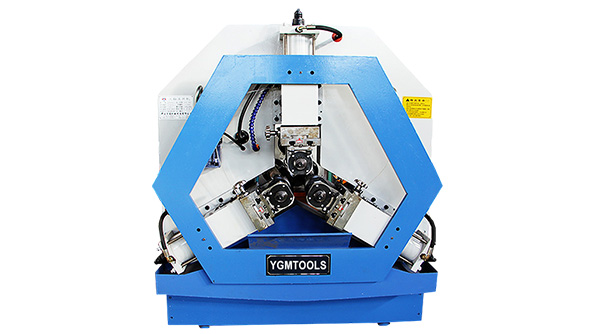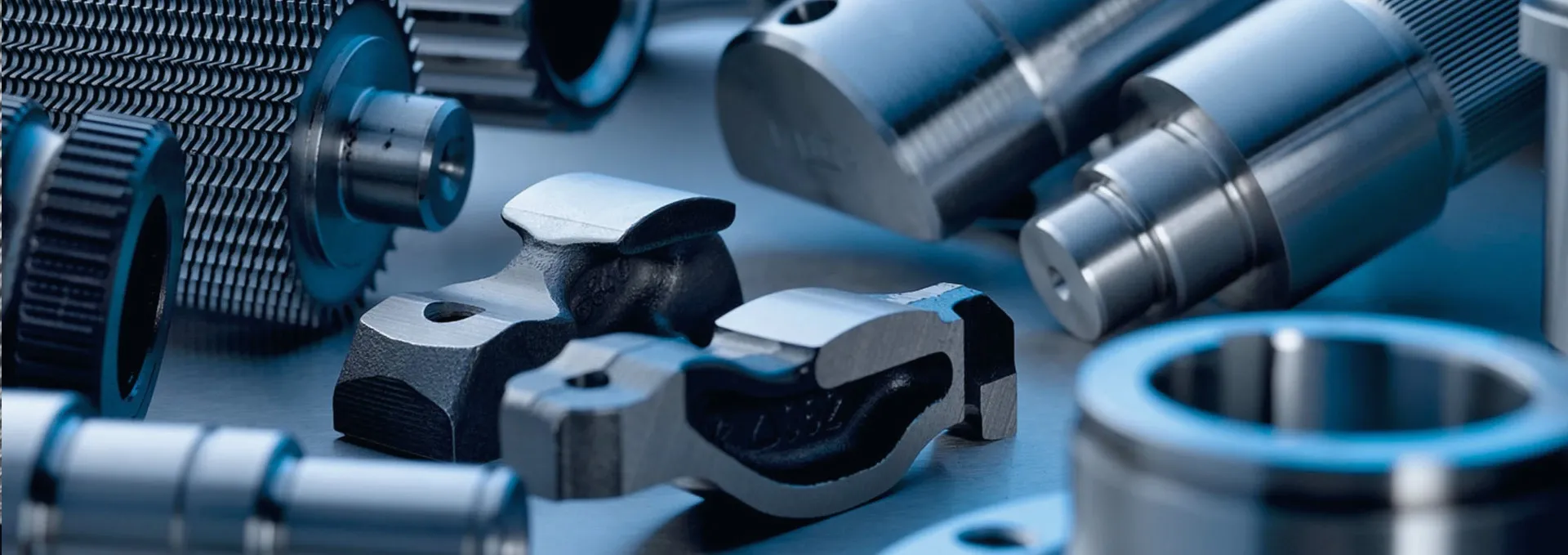
-
 Afrikaans
Afrikaans -
 Albanian
Albanian -
 Amharic
Amharic -
 Arabic
Arabic -
 Armenian
Armenian -
 Azerbaijani
Azerbaijani -
 Basque
Basque -
 Belarusian
Belarusian -
 Bengali
Bengali -
 Bosnian
Bosnian -
 Bulgarian
Bulgarian -
 Catalan
Catalan -
 Cebuano
Cebuano -
 Corsican
Corsican -
 Croatian
Croatian -
 Czech
Czech -
 Danish
Danish -
 Dutch
Dutch -
 English
English -
 Esperanto
Esperanto -
 Estonian
Estonian -
 Finnish
Finnish -
 French
French -
 Frisian
Frisian -
 Galician
Galician -
 Georgian
Georgian -
 German
German -
 Greek
Greek -
 Gujarati
Gujarati -
 Haitian Creole
Haitian Creole -
 hausa
hausa -
 hawaiian
hawaiian -
 Hebrew
Hebrew -
 Hindi
Hindi -
 Miao
Miao -
 Hungarian
Hungarian -
 Icelandic
Icelandic -
 igbo
igbo -
 Indonesian
Indonesian -
 irish
irish -
 Italian
Italian -
 Japanese
Japanese -
 Javanese
Javanese -
 Kannada
Kannada -
 kazakh
kazakh -
 Khmer
Khmer -
 Rwandese
Rwandese -
 Korean
Korean -
 Kurdish
Kurdish -
 Kyrgyz
Kyrgyz -
 Lao
Lao -
 Latin
Latin -
 Latvian
Latvian -
 Lithuanian
Lithuanian -
 Luxembourgish
Luxembourgish -
 Macedonian
Macedonian -
 Malgashi
Malgashi -
 Malay
Malay -
 Malayalam
Malayalam -
 Maltese
Maltese -
 Maori
Maori -
 Marathi
Marathi -
 Mongolian
Mongolian -
 Myanmar
Myanmar -
 Nepali
Nepali -
 Norwegian
Norwegian -
 Norwegian
Norwegian -
 Occitan
Occitan -
 Pashto
Pashto -
 Persian
Persian -
 Polish
Polish -
 Portuguese
Portuguese -
 Punjabi
Punjabi -
 Romanian
Romanian -
 Russian
Russian -
 Samoan
Samoan -
 Scottish Gaelic
Scottish Gaelic -
 Serbian
Serbian -
 Sesotho
Sesotho -
 Shona
Shona -
 Sindhi
Sindhi -
 Sinhala
Sinhala -
 Slovak
Slovak -
 Slovenian
Slovenian -
 Somali
Somali -
 Spanish
Spanish -
 Sundanese
Sundanese -
 Swahili
Swahili -
 Swedish
Swedish -
 Tagalog
Tagalog -
 Tajik
Tajik -
 Tamil
Tamil -
 Tatar
Tatar -
 Telugu
Telugu -
 Thai
Thai -
 Turkish
Turkish -
 Turkmen
Turkmen -
 Ukrainian
Ukrainian -
 Urdu
Urdu -
 Uighur
Uighur -
 Uzbek
Uzbek -
 Vietnamese
Vietnamese -
 Welsh
Welsh -
 Bantu
Bantu -
 Yiddish
Yiddish -
 Yoruba
Yoruba -
 Zulu
Zulu
types of thread rolling product
Understanding the Types of Thread Rolling Products
Thread rolling is a high-volume manufacturing process used for creating threads on a workpiece. This cold forming process involves placing a cylindrical workpiece between two dies, which have been fashioned with the desired thread profile. As the dies rotate, they roll against the surface of the material, displacing it into the shape of the threads without cutting away any material. This method provides several advantages, including increased strength, improved surface finish, and material savings. In this article, we will explore various types of thread rolling products and their applications in different industries.
1. Straight Threads
Straight threads are the most common type of thread rolling products. They create parallel threads along a cylindrical surface and are typically found in many fasteners, such as bolts and screws. These threads provide excellent gripping capabilities, making them suitable for applications where a secure connection is crucial. Industries like construction, automotive, and aerospace extensively use straight-threaded fasteners due to their strength and reliability.
2. Tapered Threads
Tapered threads are designed to gradually decrease in diameter along the length of the thread. This design creates a tighter fit as the threads engage, making them excellent for sealing applications, such as pipe fittings and hydraulic connections. Tapered threads are also widely used in plumbing systems, where pressure and fluid dynamics play significant roles in ensuring that connections do not leak. The sealing properties of tapered threads make them indispensable in both residential and industrial settings.
While most threads are right-hand, or standard, there are also left-hand threads that screw in the opposite direction. These threads are used in applications where unscrewing or loosening could occur due to rotational forces, such as in spinning machinery or specialized equipment. Left-hand threads help ensure that components remain tightly secured under adverse conditions. Industries such as aerospace, automotive, and particularly in the manufacturing of machinery find left-hand threads useful for maintaining the integrity of their equipment during operation.
types of thread rolling product

4. Acme Threads
Acme threads are characterized by their trapezoidal shape, which allows for better load-bearing capacity and higher efficiency in power transmission. They are typically used in linear motion applications, such as lead screws for machine tools and clamping devices. The geometry of Acme threads reduces friction and wear, making them ideal for applications requiring precise motion and durability. Many manufacturing and automation industries rely on Acme threads for their mechanical systems and equipment.
5. Square Threads
Similar to Acme threads, square threads also facilitate efficient power transmission but feature a more significant contact area, offering superior load distribution. They are primarily used in applications where high force transmission is required, such as in jacks, presses, and other lifting mechanisms. Square threads can be more challenging to produce than other thread types, but their advantages in specific applications make them a valuable choice in engineering and heavy machinery.
6. Fine Threads
Fine threads have a higher number of threads per unit length compared to standard coarse threads. They are often used in applications requiring precise adjustments or when a finer adjustment is necessary. The smaller pitch allows for greater control and finer tensioning of components, making fine threads favorable in precision instruments, aerospace applications, and automotive settings where adjustments need to be made with pinpoint accuracy.
Conclusion
The diverse range of thread rolling products plays a critical role across numerous industries, providing tailor-made solutions for various fastening and motion transfer requirements. From straight threads to square threads, each type fulfills specific mechanical demands and enhances the performance of assembled products. As manufacturing processes continue to evolve and innovative applications emerge, the importance of thread rolling products will only grow, showcasing their essential role in modern engineering. Understanding these different types not only aids manufacturers in selecting the proper fastening solutions but also helps engineers design more efficient and reliable systems.
